Composting is a beneficial practice that helps the environment by converting organic waste into nutrient-rich compost. Choosing the right location for your compost bin is crucial, as it should be easily accessible and receive adequate sunlight.
When constructing a compost bin, you will need materials such as untreated wood, chicken wire or hardware cloth, and essential tools like a tape measure, circular saw, and staple gun. Follow step-by-step instructions to build a compost bin, ensuring proper airflow, moisture, and a balance of ingredients.
Maintaining and managing your compost pile involves regularly turning it, adding a mix of green and brown organic materials, and monitoring moisture levels. Here we will guide you through the step-by-step process of Compost Bin DIY Construction. We will also discuss how to use your compost bin effectively, troubleshoot common problems, and explore different styles of DIY compost bins. Get ready to embark on a journey towards greener living and healthier gardens.
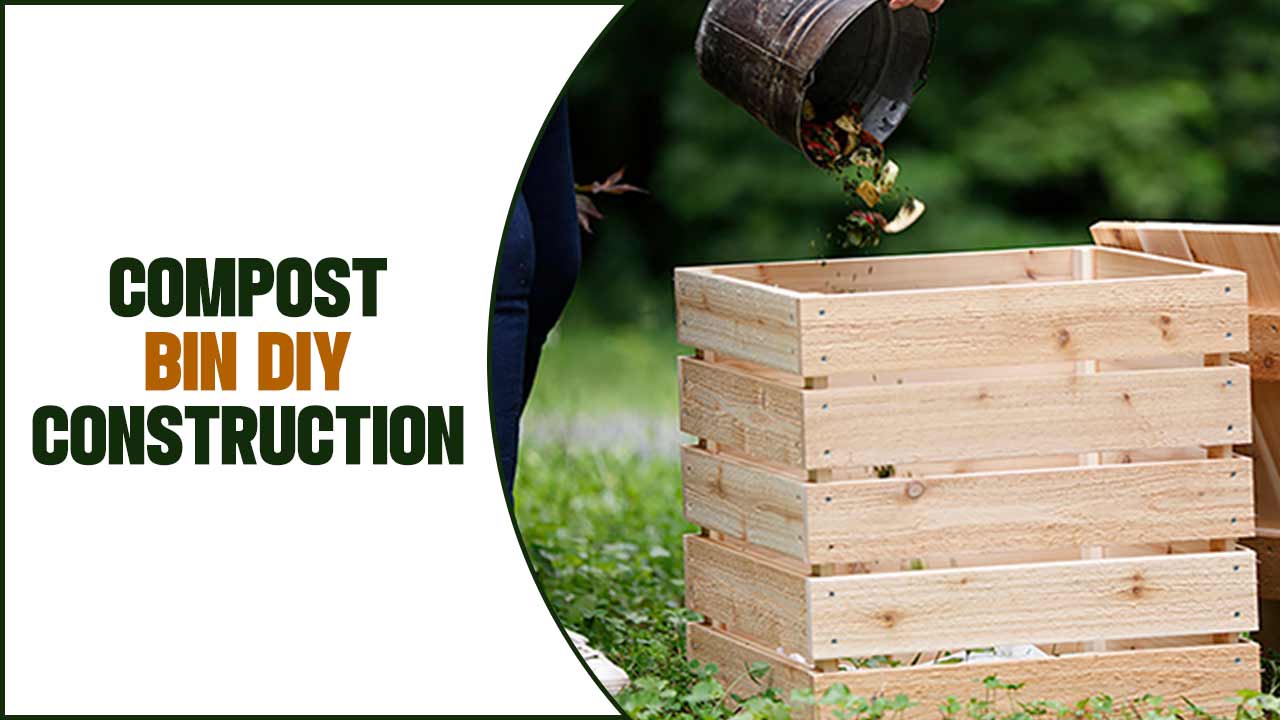
Step-By-Step Guide To Building Your Compost Bin
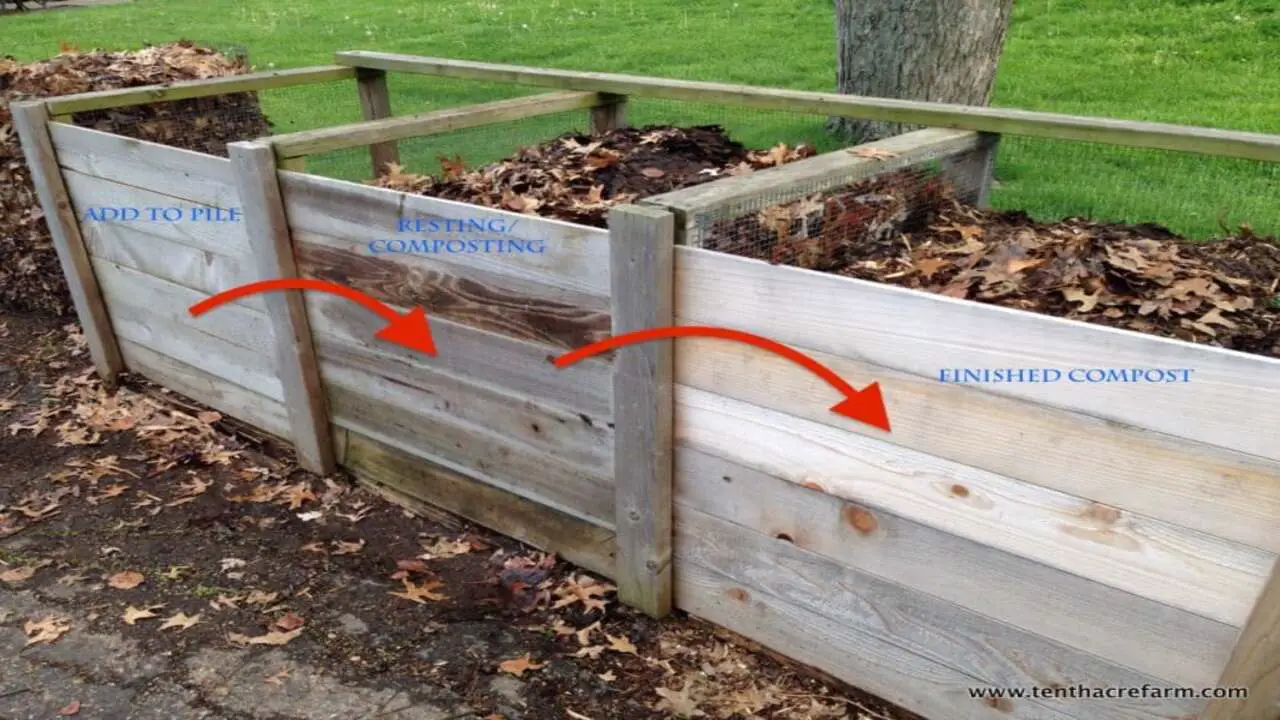
Compost bin DIY construction offers a range of benefits for both the environment and the individual. By building your compost bin, you have control over the materials used and can ensure that it is made from eco-friendly and sustainable materials. Composting at home reduces waste going to landfills, which helps reduce greenhouse gas emissions and promotes a healthier planet. Here we provide you step by step guide to compost.
1.Selection Of Materials
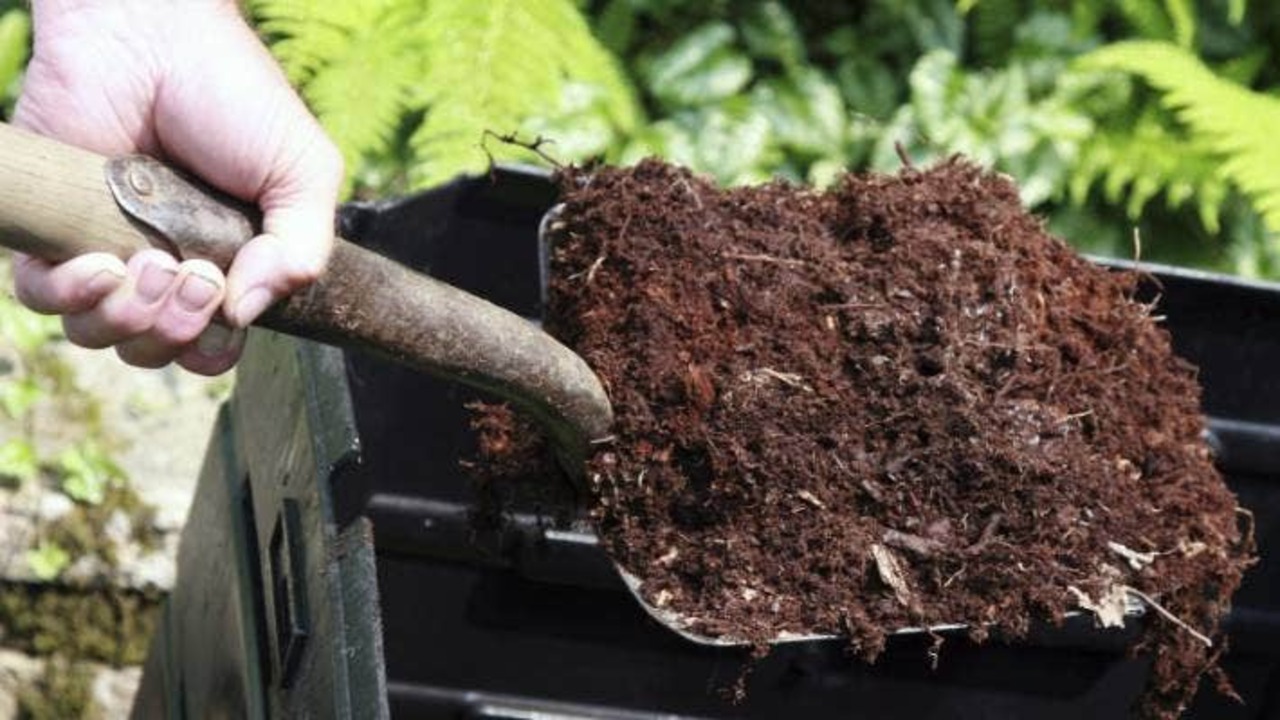
When constructing a DIY compost bin, the selection of materials is crucial. Opt for durable and rot-resistant options like cedar or pressure-treated lumber. These will ensure the longevity of your bin. Additionally, you’ll need hardware such as screws or nails to assemble the bin securely.
Consider the size of your compost pile when choosing materials, as a larger bin will require more materials and space. Recycling materials like pallets or old barrels can be used as eco-friendly alternatives. Ensure you have essential tools like a saw, drill, and measuring tape to cut and assemble the materials for your compost bin accurately.
2.Planning Your Compost Bin Design
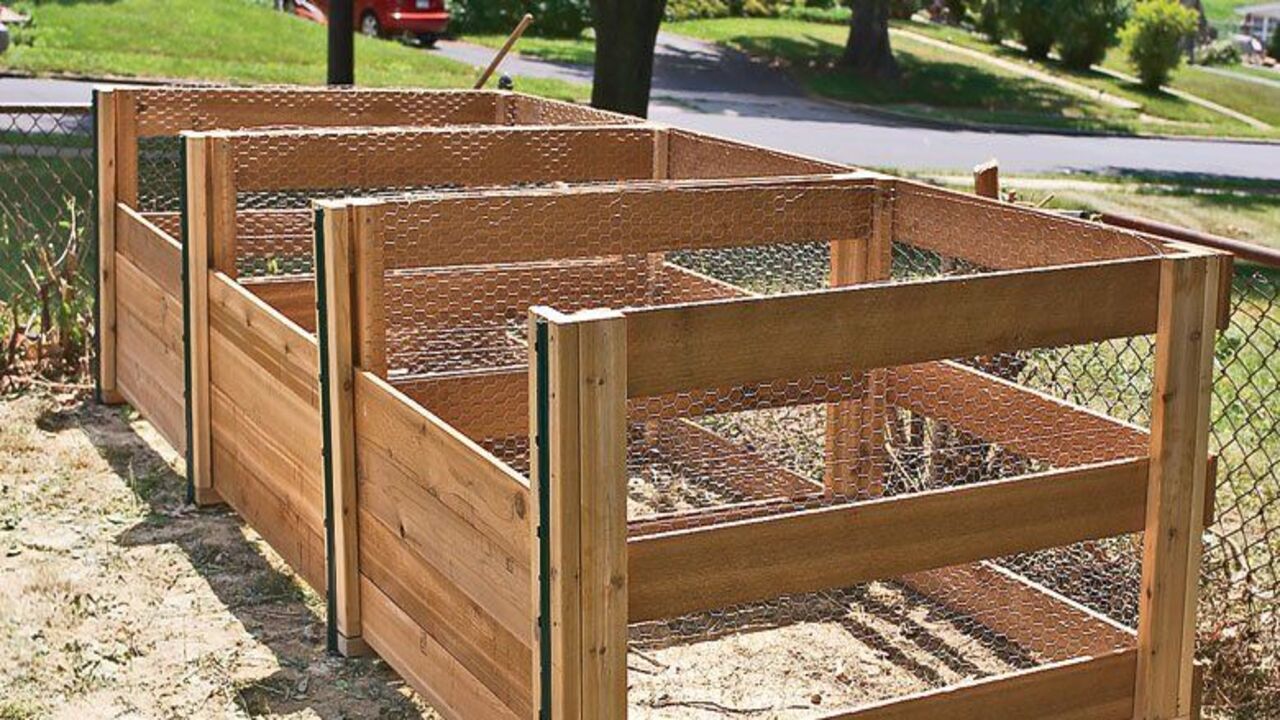
When planning your compost bin design, there are several factors to consider. First, think about the size of your bin and its location. Next, determine the amount of compost you want to produce and select a design that suits your needs.
You can choose from materials such as wood, wire mesh, or plastic bins for your construction. Take measurements and cut the necessary materials according to your chosen design. Assemble the bin using screws, nails, or zip ties to secure the pieces together. Remember to leave air circulation and drainage openings in your compost bin design.
3.Assembling Your Compost Bin
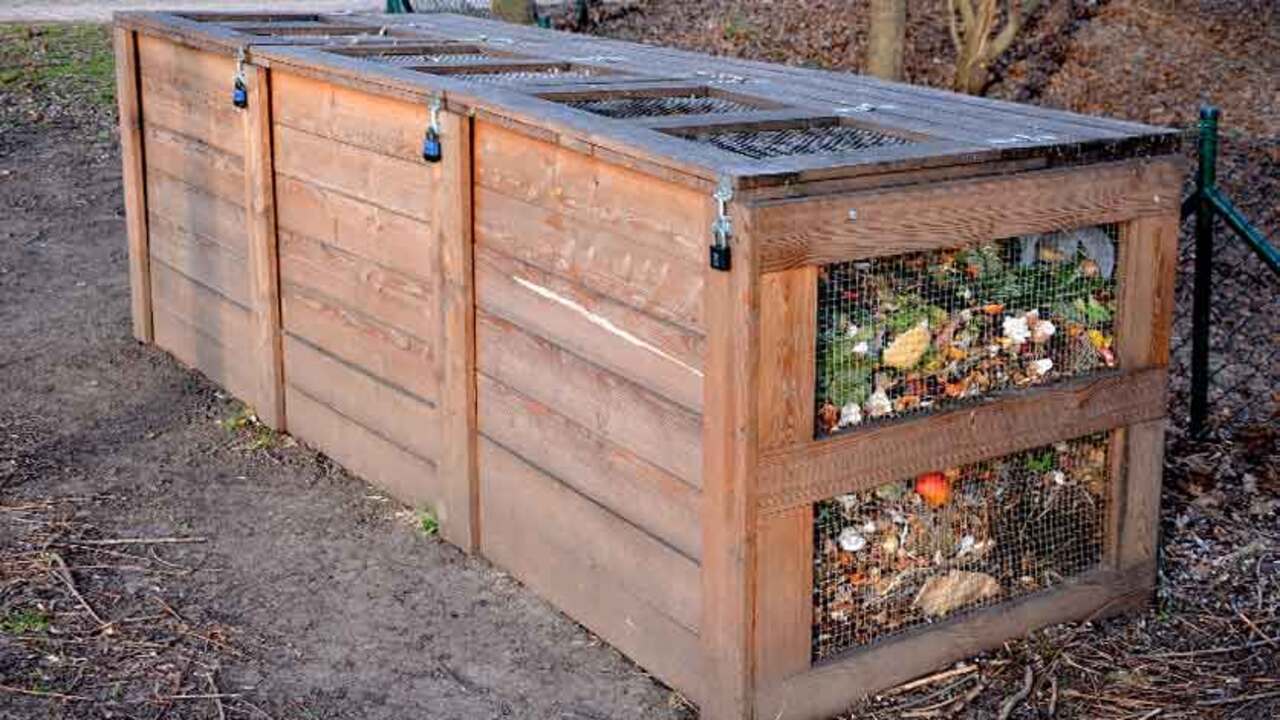
To assemble your compost bin, gather the necessary materials: wooden boards or pallets, screws or nails, a drill or hammer, and a saw if needed. Cut the boards to the desired size, considering your compost needs and available space.
Arrange the boards in a square or rectangle, ensuring they are secure. Attach additional boards for the back and front, leaving one side open for access. Consider adding a hinged door. Place the compost bin in a sunny spot with good drainage in your yard.
4.How To Use Your DIY Compost Bin Effectively
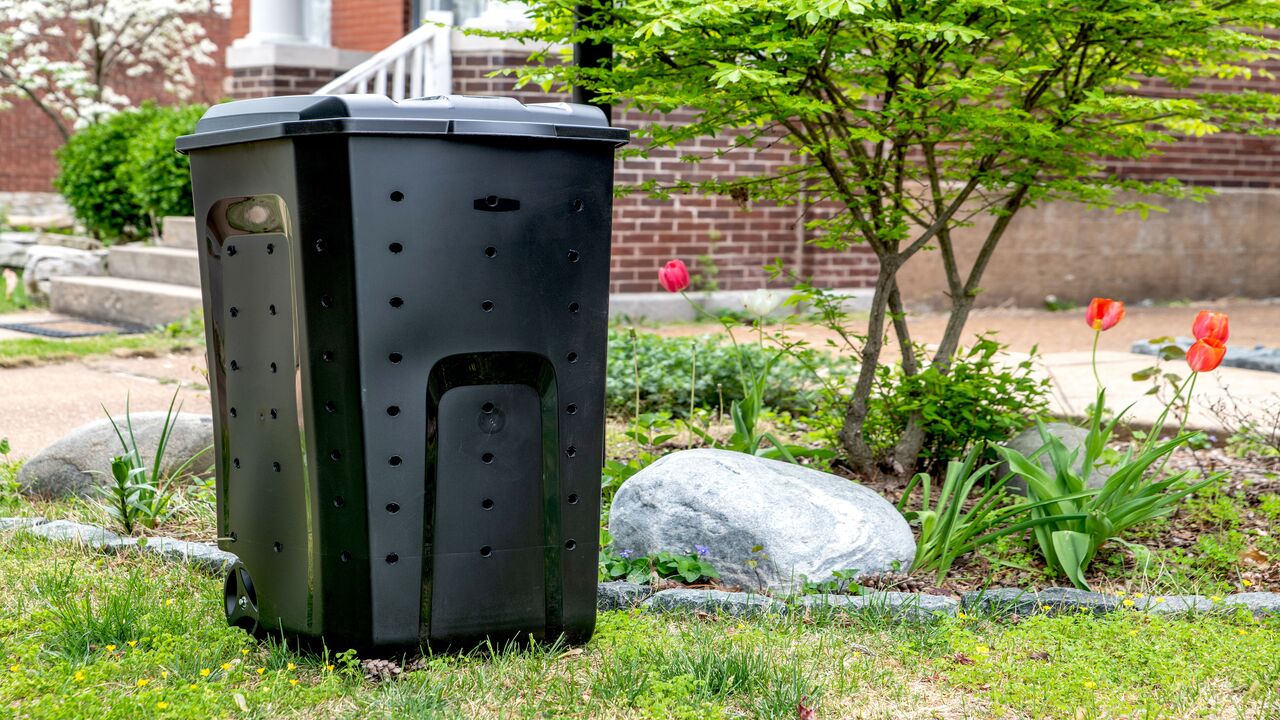
To use your DIY compost bin effectively, layering green (nitrogen-rich) and brown (carbon-rich) materials. Maintain moisture similar to a squeezed-out sponge and turn the compost regularly for better decomposition. Avoid adding meat, dairy, oily foods, or pet waste to prevent pests and unpleasant odours.
5.Important To Know To Use Compost Bin DIY Rules
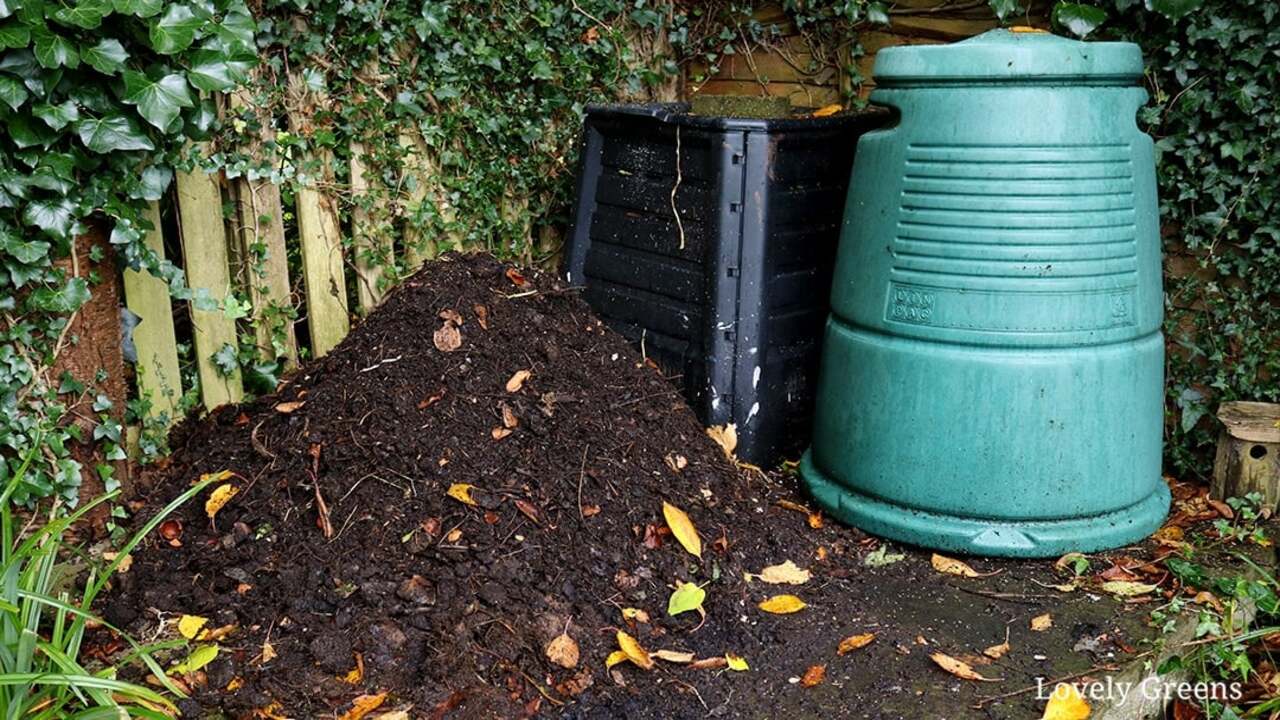
To create a balanced compost mixture, layer nitrogen-rich greens and carbon-rich browns. Regularly turn or mix the compost for faster decomposition. Keep the compost moist but not overly wet by adding water as needed. Avoid adding meat, dairy, oils, or pet waste to prevent pests and bacteria. Use the finished compost to improve your garden or potted plants. To enrich it, include organic materials like kitchen scraps, grass clippings, and vegetable peelings in your compost pile.
6. Adding Your Compost Inputs
Add a layer of brown materials like dried leaves or straw to the bottom of your compost bin to start composting. Follow this with a layer of green materials such as vegetable scraps or grass clippings. Alternate between brown and green layers, ensuring the pile is moist but not overly wet.
You can also include coffee grounds or eggshells to provide extra nutrients. Avoid adding meat, dairy, or oily foods as they attract pests and slow composting. Regularly turn the compost with a pitchfork or shovel to aerate the pile and speed up decomposition.
Maintaining Your Compost Bin
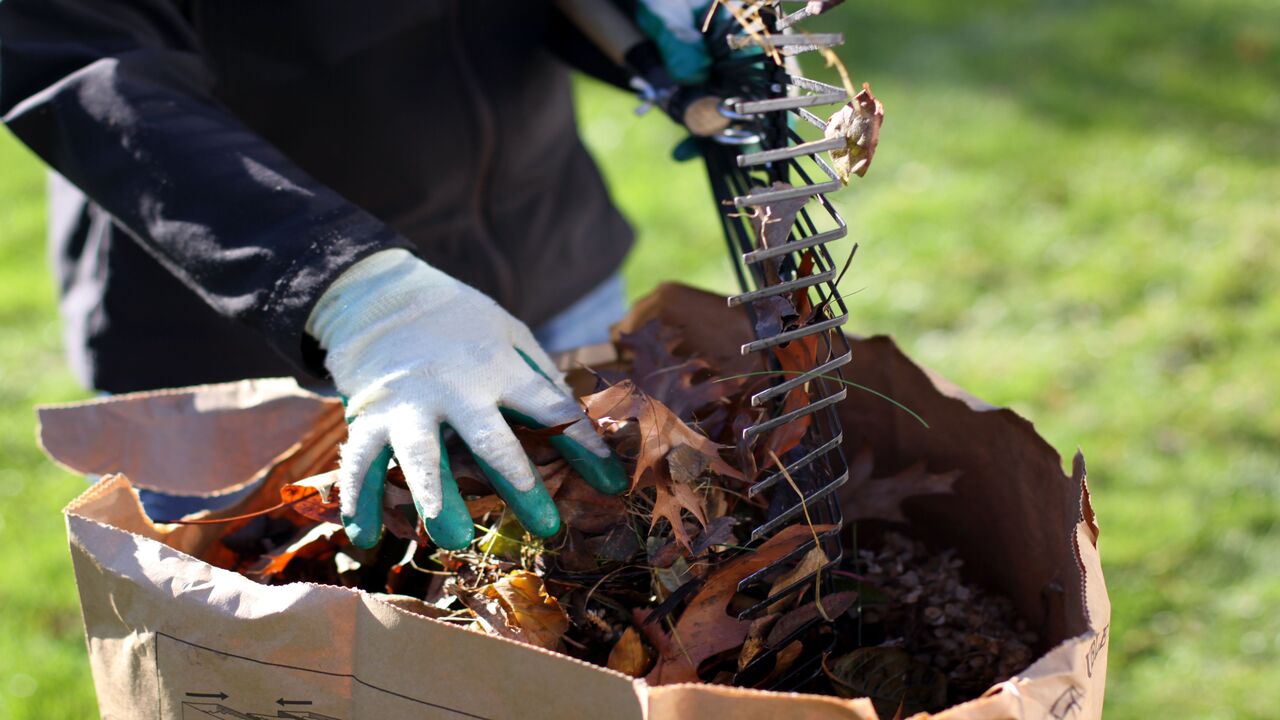
Regularly turning your compost pile helps promote aeration and accelerates the decomposition process. Maintain the proper moisture and nutrient levels by adding a balanced mix of green (nitrogen-rich) and brown (carbon-rich) materials to your compost bin. Avoid including meat, dairy, or oily foods as they can attract pests and slow down decomposition.
Ensure that your compost pile remains moist, resembling a damp sponge, but not overly wet. Monitor the temperature regularly to ensure it falls within the ideal range of 110-160°F (43-71°C). When the compost is ready, sift out any remaining large materials and use the rich, dark, finished compost in your garden or potted plants.
When And How To Use Your Compost
Compost should be used when it has achieved a dark, crumbly texture and emits an earthy smell. It is best to utilize compost as a soil amendment before planting or as a top dressing for existing plants. Spread a layer of compost 2-3 inches thick over the soil surface and gently incorporate it into the top few inches of soil. To prevent rot and pest problems, avoid piling compost directly against plant stems or trunks. Compost can also serve as mulch, aiding in weed suppression and moisture retention in the soil. Regularly incorporating compost into your garden beds can enhance soil structure, fertility, and overall plant health.
Troubleshooting Common Compost Problems
To improve the smell of your compost, adjust the green-to-brown ratio, ensure proper aeration, and maintain a balanced mixture. Add more green materials for slow decomposition, turn the compost regularly, and monitor moisture levels. Avoid meat, dairy, and oily foods to prevent pests, and cover the compost with soil or straw. If there’s too much moisture, add more brown materials and ensure proper drainage. To increase heat in your compost, maintain a balanced mix of materials, monitor moisture levels, and use a compost thermometer.
Different Styles Of DIY Compost Bins
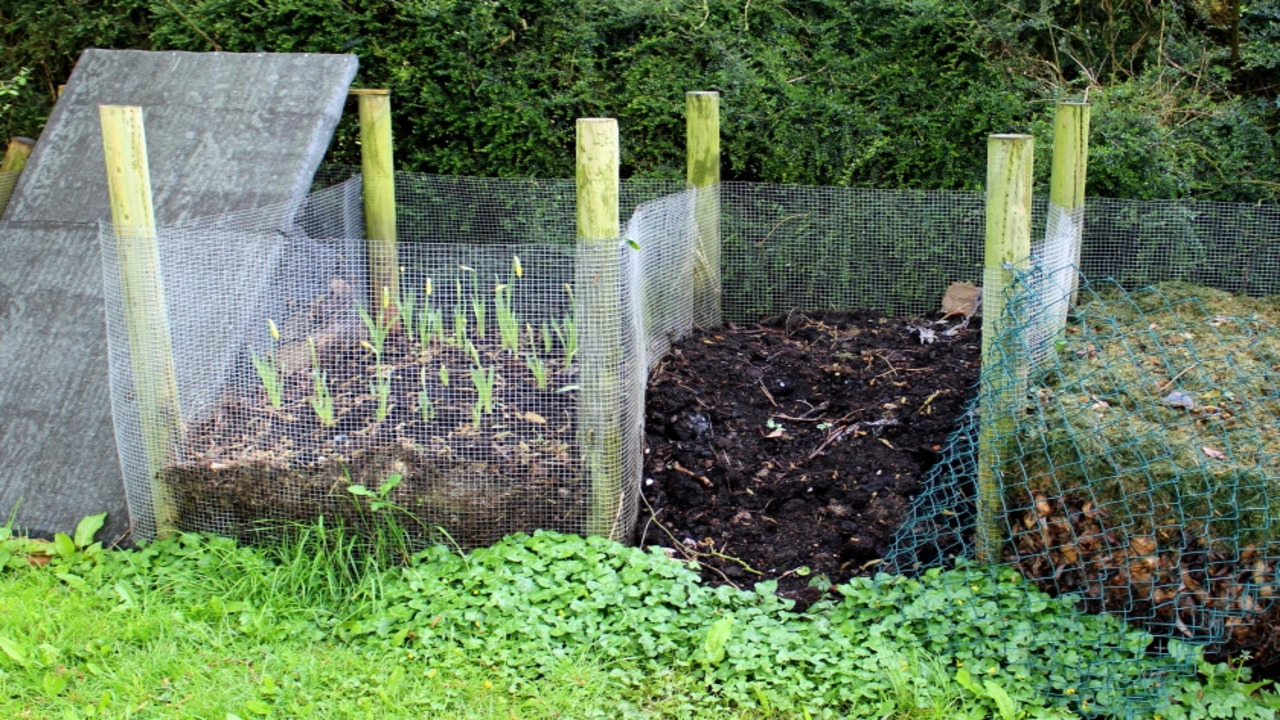
When it comes to DIY compost bins, there are several different styles you can choose from. One popular option is the wooden pallet compost bin, which is easy to build using recycled materials. Another simple and affordable choice is the wire mesh compost bin, which is perfect for small spaces.
If you’re looking for a bin that allows for easy turning and faster decomposition, a tumbling compost bin might fit you. A cedar compost bin is a durable and attractive option for more extensive gardens. And if you’re limited on space, consider a worm composting bin, which is ideal for indoor or small-space composting with the help of worms.
Why Is It Important To Know Different Styles Of DIY Compost Bins
Understanding the different styles of DIY compost bins is crucial for several reasons. Firstly, it allows you to select the most suitable option based on your specific requirements and available space. Secondly, different compost bin styles have varying capacities for organic waste, making it essential to choose one that can accommodate your household’s composting needs.
Additionally, certain bin styles promote better aeration and decomposition, while others are designed to control odours and pests effectively. By familiarizing yourself with the various compost bin styles, you can optimize the composting process and produce high-quality compost for your garden or plants. Lastly, building your DIY compost bin enables customization to fit your space, budget, and personal preferences.
Using Wood And Hardware Cloth
Construct a wooden frame to create a DIY compost bin using wood and hardware cloth. Attach the hardware cloth to the frame to create the sides of the bin. This style of compost bin is popular because it allows for air circulation and drainage, which are essential for successful composting.
You can build the bin in various sizes to accommodate different amounts of organic waste. Ensure to properly secure the hardware cloth to prevent gaps that could allow pests to enter the bin. This method allows you to create your compost bin and effectively contribute to the composting process.
Wire Fence Compost Bins
Wire fence compost bins are a popular choice for DIY composting projects. They can be easily constructed using simple materials such as chicken wire or hardware cloth. The wire fence design allows for proper air circulation, which is crucial for composting. One advantage of these bins is their flexibility in size; they can be expanded or adjusted to accommodate different amounts of compost materials. To ensure the compost stays contained and pests are kept out, it’s essential to fasten the wire fence securely. You can easily create your compost with wire fence compost bins and contribute to sustainable gardening practices.
Pallet Compost Bin
Pallet compost bins are a popular DIY option due to their easy construction and minimal material requirements. To create the structure, arrange a few wooden pallets in a square or rectangular shape using screws or nails and essential tools.
Leave space between the pallet slats to ensure proper airflow and drainage. These bins offer a convenient and cost-effective solution for backyard gardens, allowing you to recycle organic waste into nutrient-rich compost. Using compost bins, you can reduce landfill waste while enriching your soil with homemade compost.
Galvanized Metal Compost Bins
Galvanized metal compost bins are known for their durability and resistance to rust and corrosion. These bins provide excellent ventilation, allowing for proper airflow during composting. They can be purchased pre-made or constructed using galvanized panels.
Using metal material helps retain heat, speeding up the decomposition process. Additionally, galvanized metal compost bins tend to be larger, making them ideal for those who generate a large amount of composting materials. With their sturdy construction and ample space, galvanized metal compost bins are an excellent choice for anyone looking to create their compost at home.
Conclusion
Building your compost bin diy construction is a rewarding and sustainable way to manage your organic waste. Following our step-by-step guide and understanding the basics of composting, you can create a DIY compost bin that suits your needs and helps reduce landfill waste.
Remember to use high-quality materials, carefully plan your design, and regularly maintain your compost bin for optimal results. With the proper techniques and troubleshooting knowledge, you can produce nutrient-rich compost for your garden or plants. To explore different styles of DIY compost bins and learn more about effective composting methods, check out our blog for a detailed guide. Start making a positive impact on the environment today!
Frequently Asked Questions
[rank_math_rich_snippet id=”s-9ed816fe-3fb7-46c7-9363-cd22e648183c”]

I am passionate about home engineering. I specialize in designing, installing, and maintaining heating, ventilation, and air conditioning systems. My goal is to help people stay comfortable in their homes all year long.
